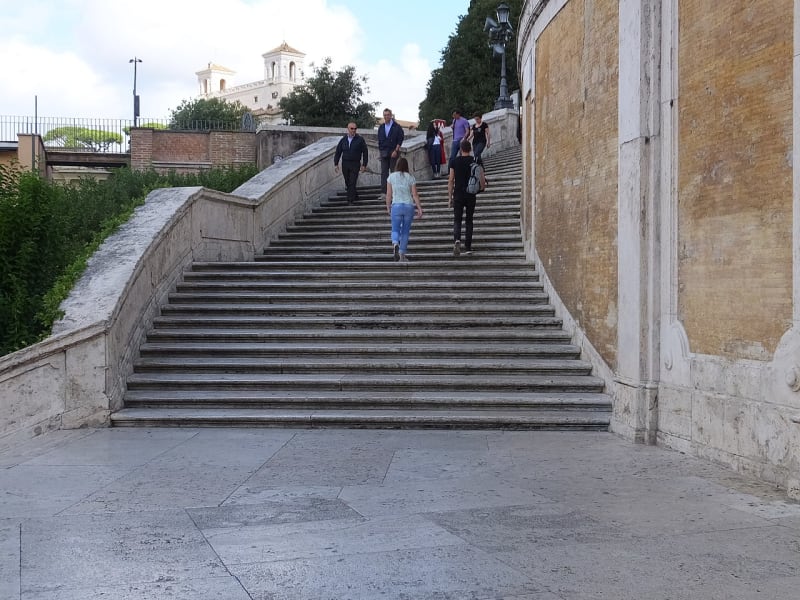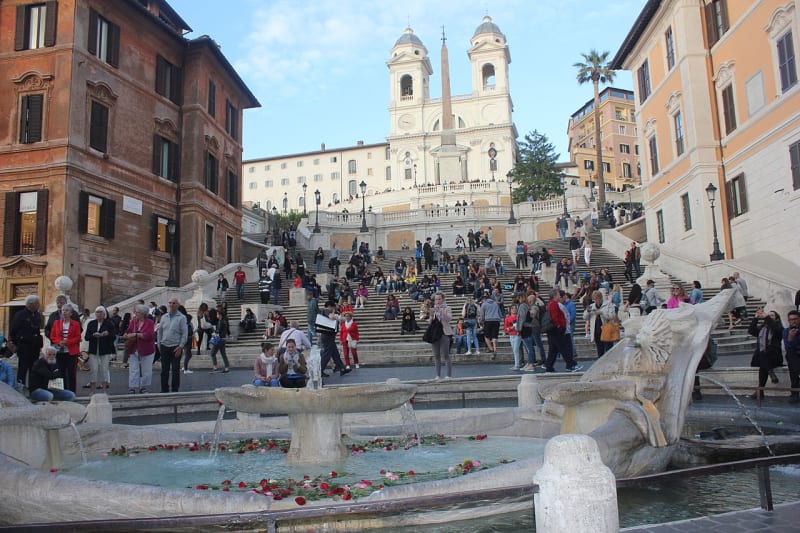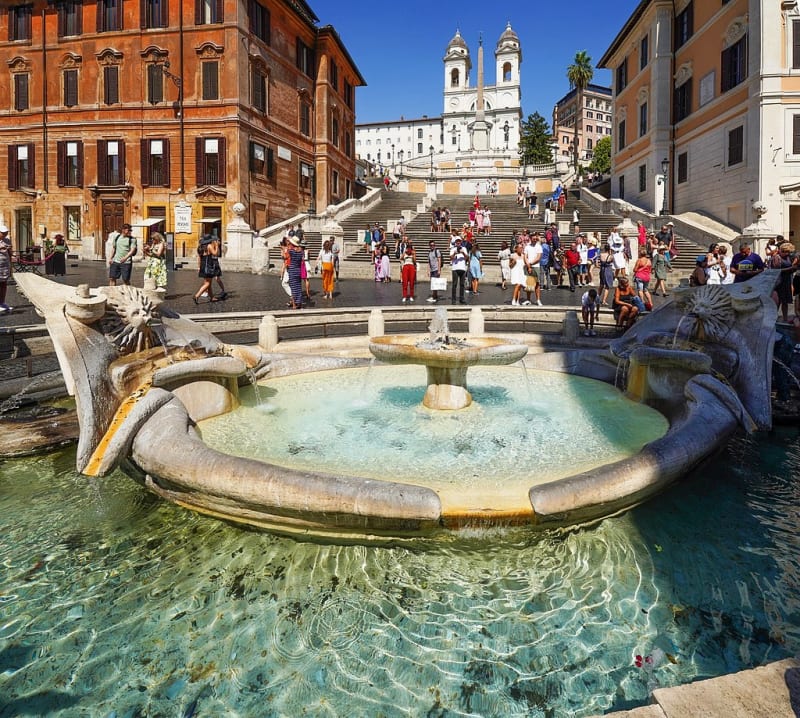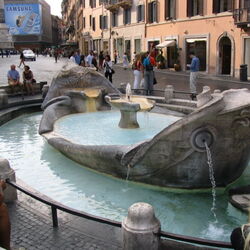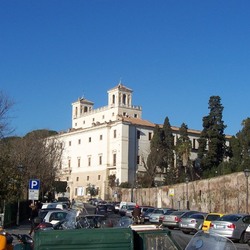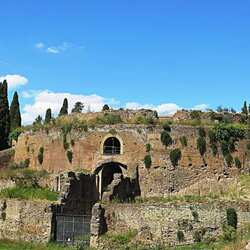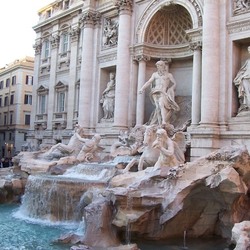Spanish steps
The Spanish Steps are located in Rome, it began to be built in 1721. It is considered to be the grand staircase descending from the peaks of the Pincio Hill, where the Trinita dei Monti Church is located, to the foot of the Spanish Square. After visiting Rome, it is impossible to imagine a city tour without visiting this architectural gem. The appearance of the ladder is connected with the ambiguous history of the confrontation between the political views of France and Spain on Italian soil.
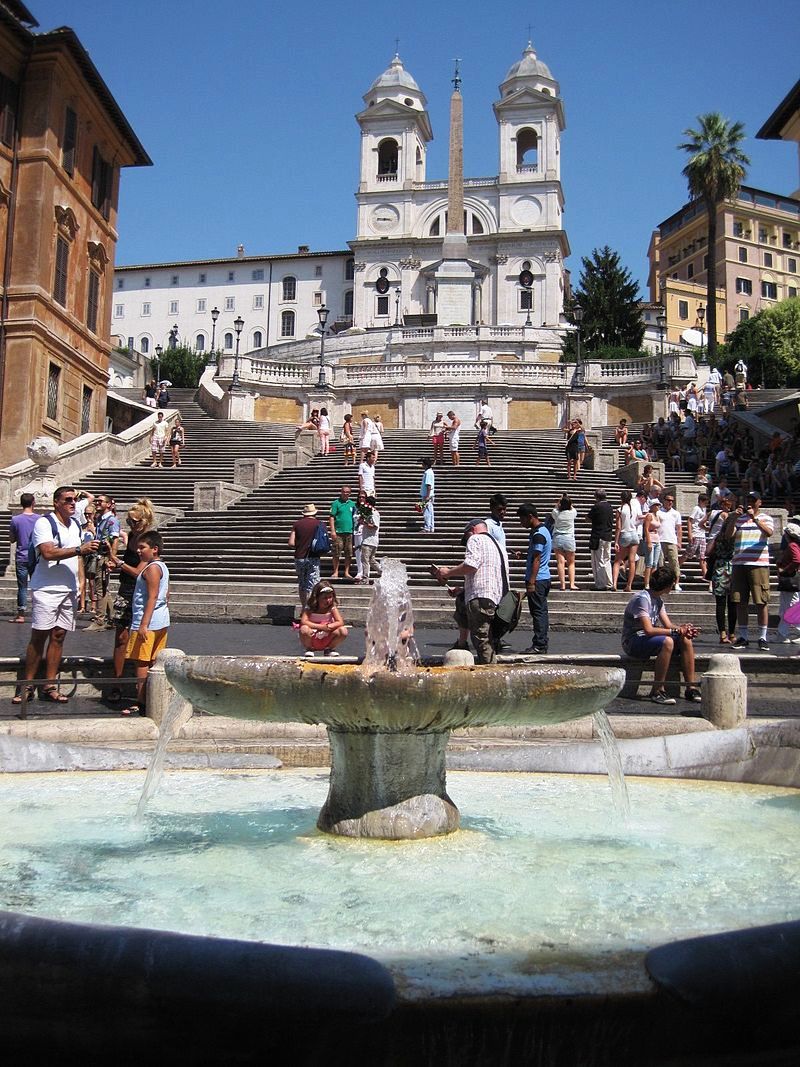
Trinita dei Monti Church
The titular church of Trinita dei Monti was built by King Louis XII. French citizens considered it a significant place for national patriots who were far from their native country. The Spanish Square, located at the foot of Pincho Hill, had the same meaning for the Spaniards. After all, the Spanish embassy was located here. When the two countries were in difficult diplomatic relations, the temple and the square were connected by a staircase by French politician Etienne Geffier. The construction of the Spanish Steps lasted about 4 years and was completed in 1725. The largest amount of money has been allocated for this project.
Construction of the Spanish Steps
There was a controversial factor in the plans of the French builders. Their idea was to install a statue of Louis XIV at the head of the entire building during the grandiose construction of the Spanish Steps, but they did not allow the statue to be erected. In 1717, an architectural competition was held. The winners were Alessandro Specchi and Francesco de Sanctis, and in 1723 they continued construction activities.
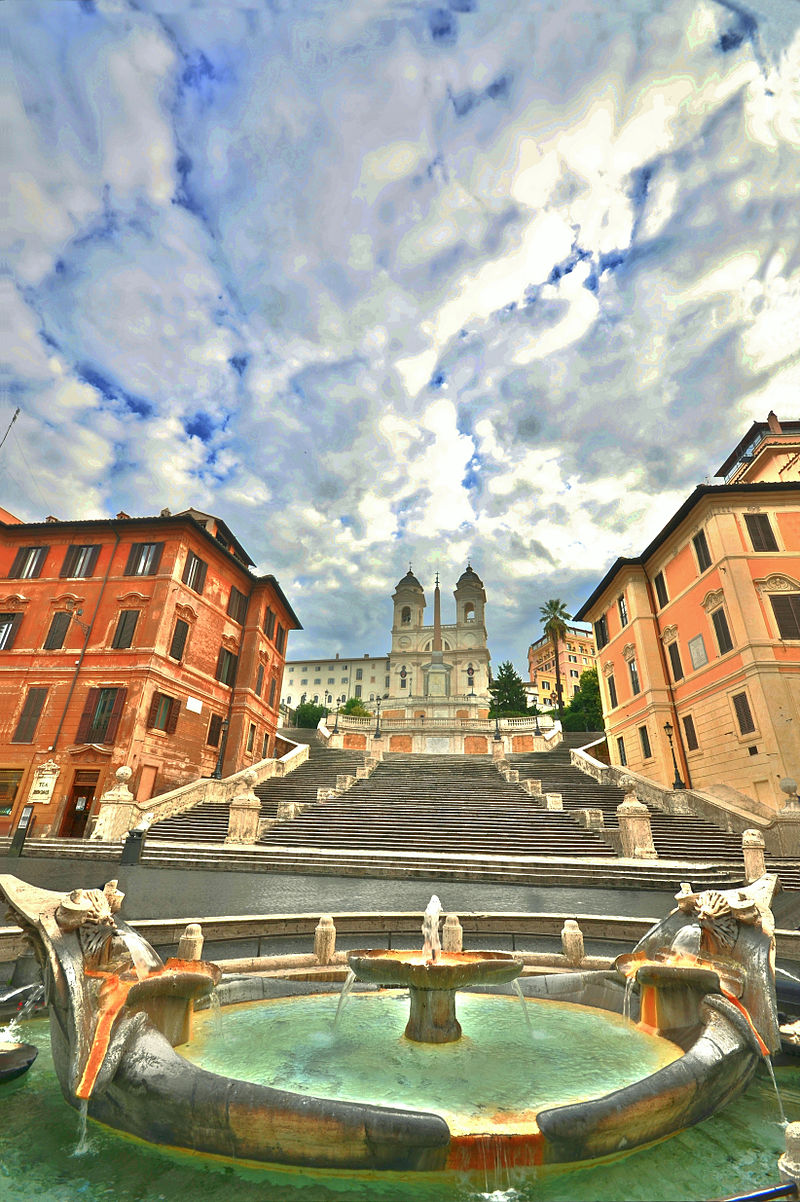
The Spanish staircase existed until the end of the 90s without restoration, but time inexorably destroys everything created by human hands. Cracks appeared on the steps, the rains eroded the surface layer in some places, and the grandiose structure began to look pathetic. At that time, funds were allocated from the city budget for restoration work.
Festive decorations
The Spanish steps took on an updated look in 1997 and once again shone with its splendor, attracting tourists to visit and admire the most beautiful stairs in Europe. With the coming of spring, the staircase blossoms. This impression is created by numerous petunias and azaleas, which decorate the architectural wonder in all kinds of bright colors. And during the Christmas holidays, theatrical platforms are installed on the wide steps for extraordinary performances. The pearl of the staircase is indisputably the Trinita dei Monti Church.
The Spanish steps in Rome and in modern reality attract attention from society. Famous designers such as Dolce&Gabbana and Valentino hold fashion premieres here. By the way, their shops are located nearby. The staircase looks especially great in the Days of Fashion, when the satin path is laid out.
